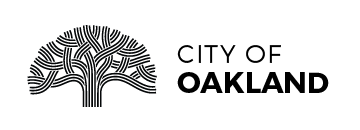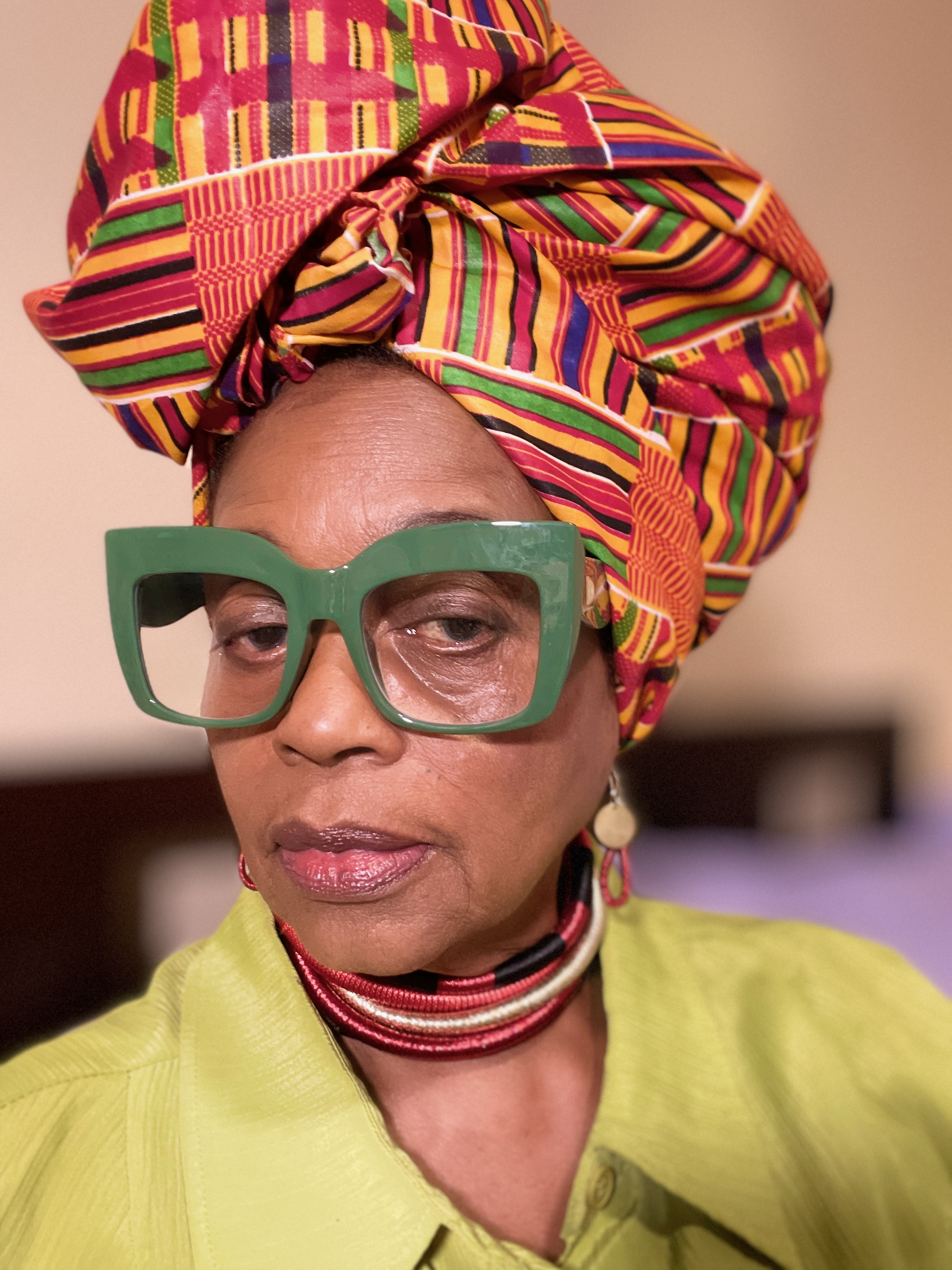
Oakland Urban Forest Plan
To better understand the current needs of Oakland's urban forest, the City applied for and received a grant from the California Department of Forestry & Fire Protection (CAL FIRE) funded by California Climate Investments in 2018.
The grant project includes a street and landscaped park tree inventory, the planting of 700 trees in flatland communities, and the development of Oakland's first Urban Forest Plan for the long-term health and improvement of the urban forest.
Click the link below to visit the project page where you can learn more about the overall project and read related reports developed in preparation for the Plan.

Comments
View all Cancel